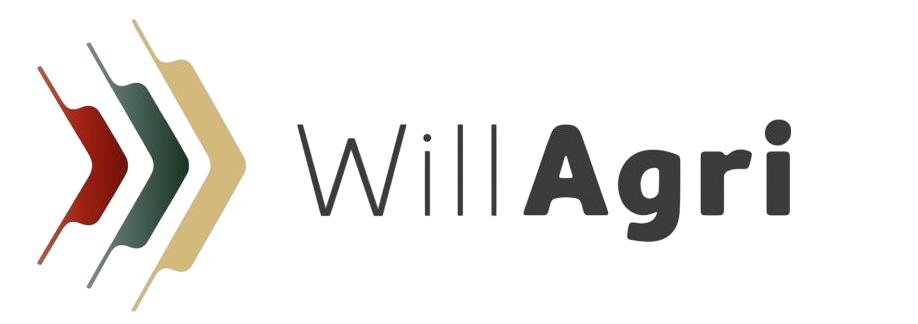The reasons for the unproductivity of African agriculture
25 April 2025The American columnist Peter Coy published an analysis in the New York Times that sums up the inadequacies of sub-Saharan agriculture. Here is the substance. African agriculture is not very.


